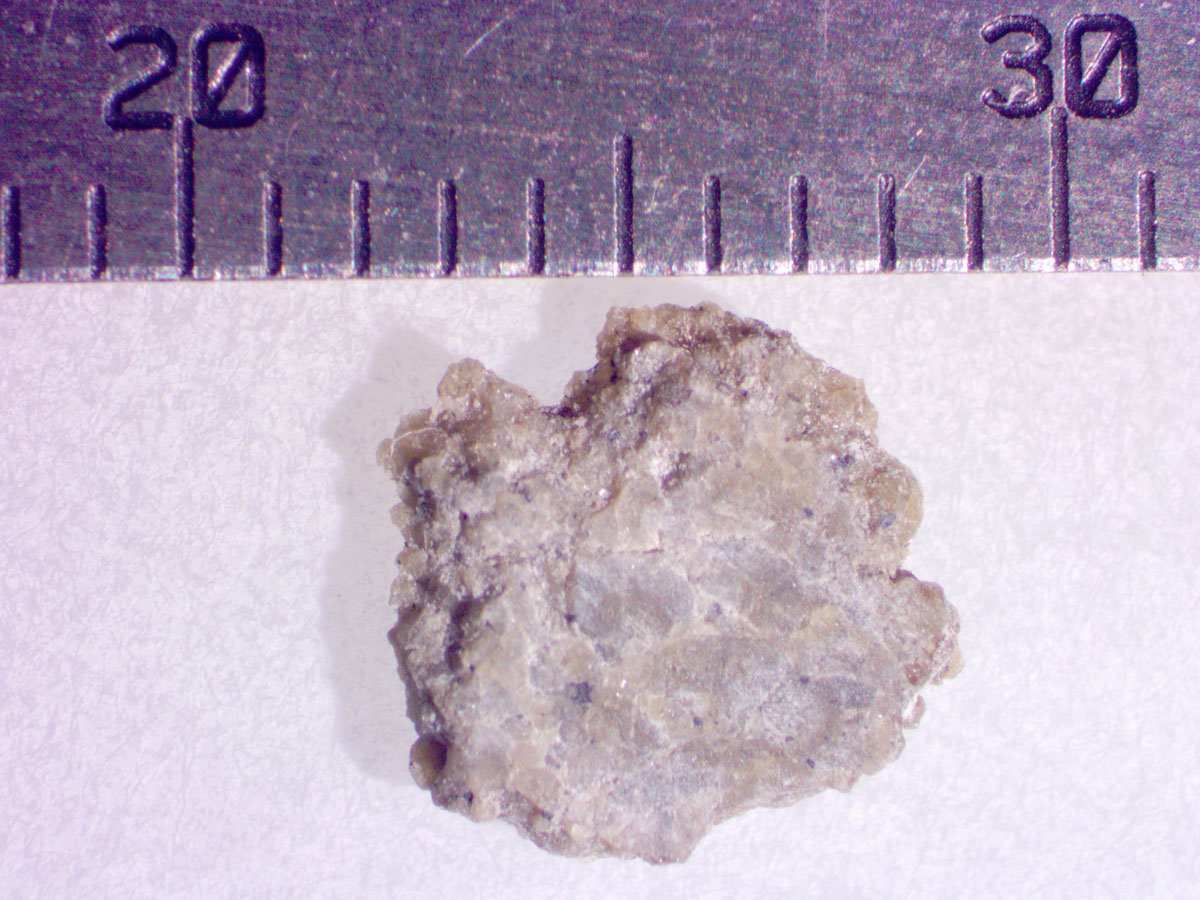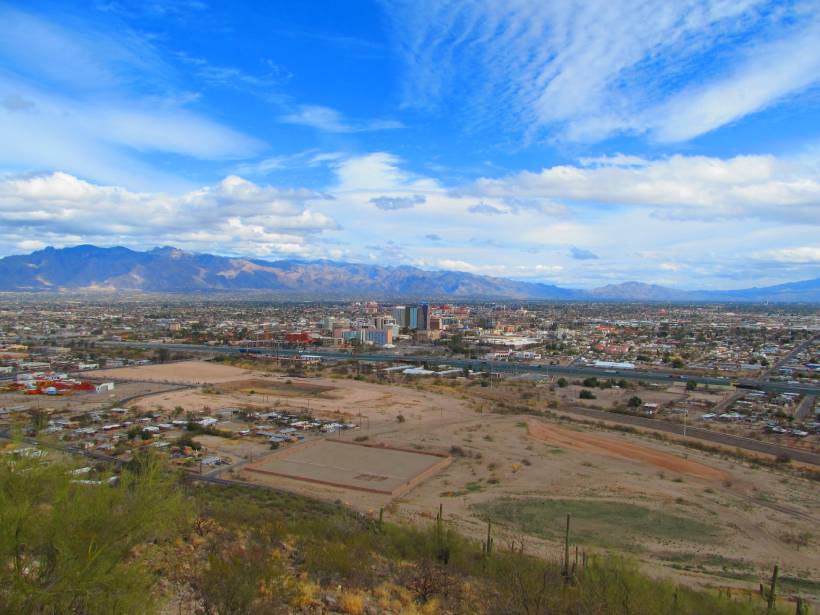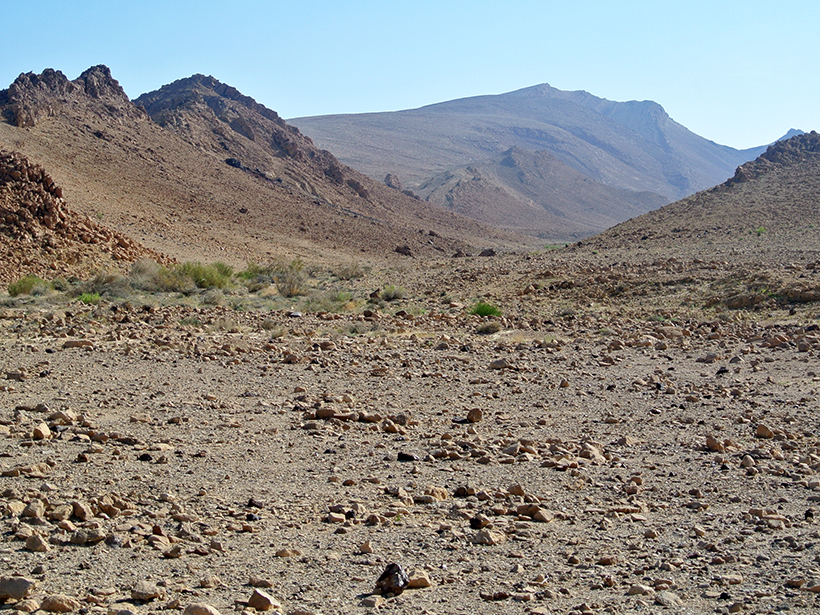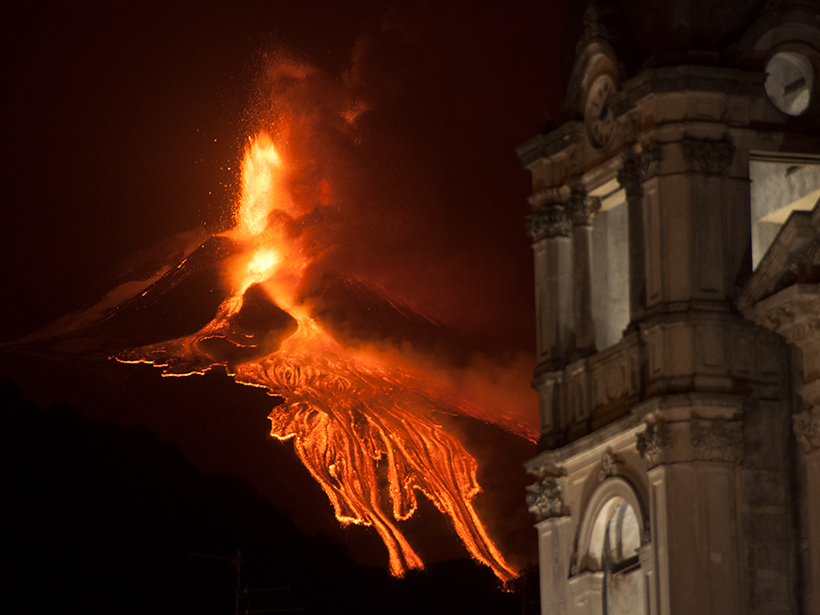Minerals formed in short-lived hydrothermal systems set off by a meteor impact in France preserved information about noble gases in the ancient atmosphere.
noble gases
Flipping the Sequence of Martian Formation
Analysis of the Chassigny meteorite suggests the planet acquired most of its interior volatiles from meteorites, not from the solar nebula.
Fossil Fuels Drive Increase in Atmospheric Helium
After decades of uncertainty, scientists have finally shown that fossil fuel extraction has flooded the atmosphere with 4He.
Noble Gas Hints at Mars’s Rapid Formation
A new study finds that Mars’s mantle is neon-rich, putting constraints on the planet’s formation history.
Parsing Routes to Aquifer Recharge Along Mountain Fronts
Research from the Tucson Basin indicates that tracers can be used to distinguish surface and subsurface recharge, providing crucial data to support sustainable water management in arid environments.
The Dawning of the Age of Old Aquifers
A new technique using 81Kr can measure the age of old groundwater in arid regions. The method can be used as a proxy for past climates and weather patterns.
Radon Tells Unexpected Tales of Mount Etna’s Unrest
Readings from a sensor for the radioactive gas near summit craters of the Italian volcano reveal signatures of such processes as seismic rock fracturing and sloshing of groundwater and other fluids.
How Do the Deep Waters of the Antarctic Form?
Researchers uncover new insights into the life cycle of water in the Antarctic region by measuring noble gas concentrations.








